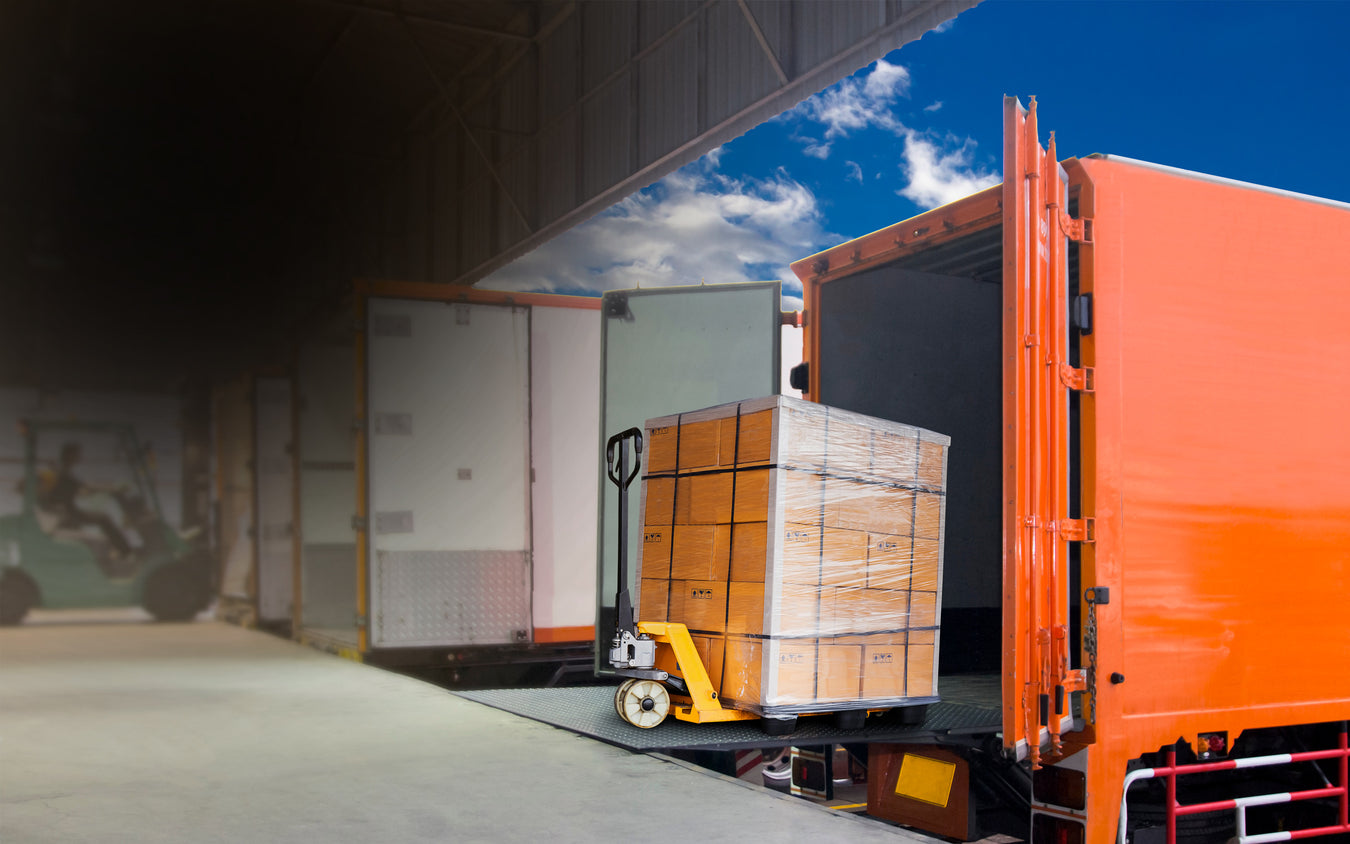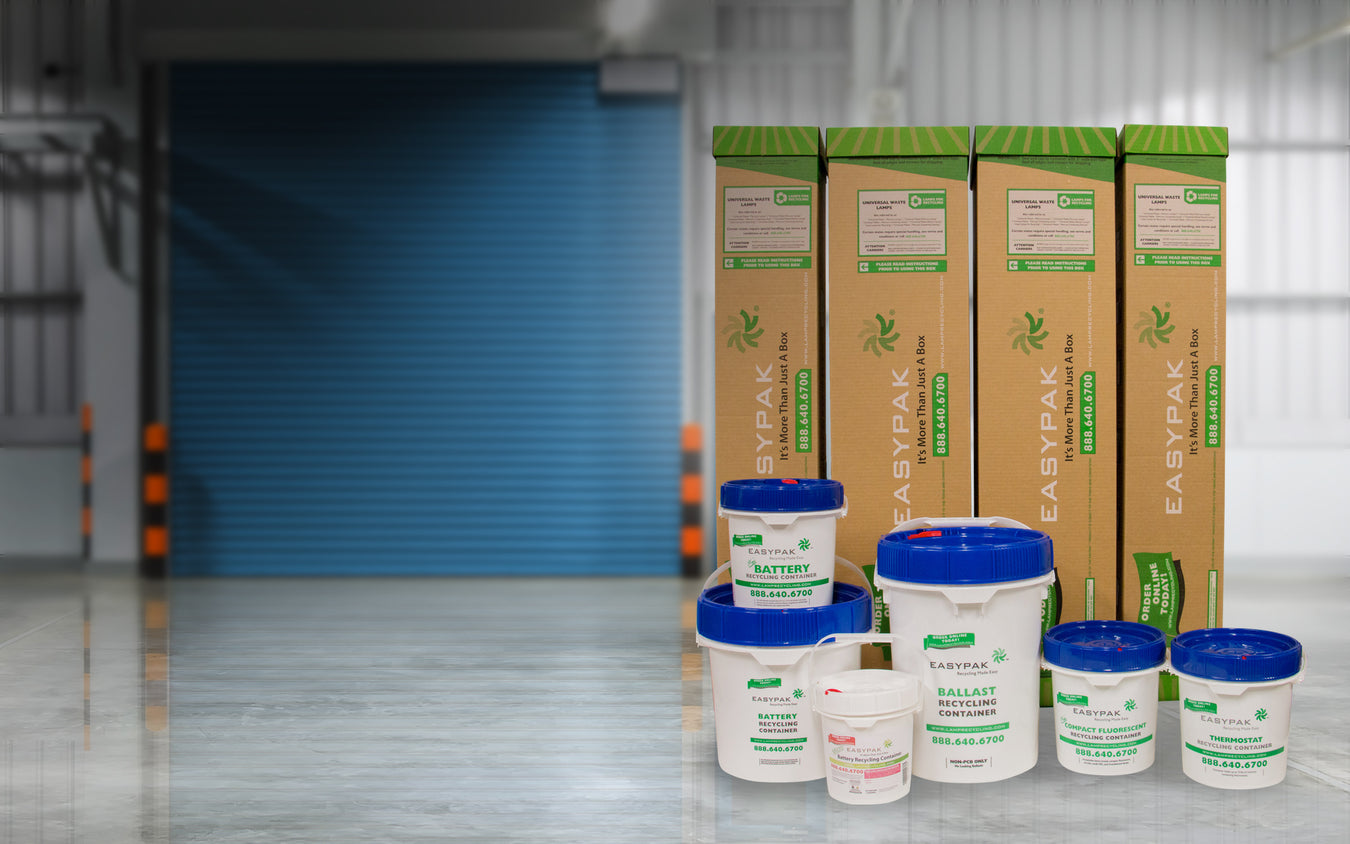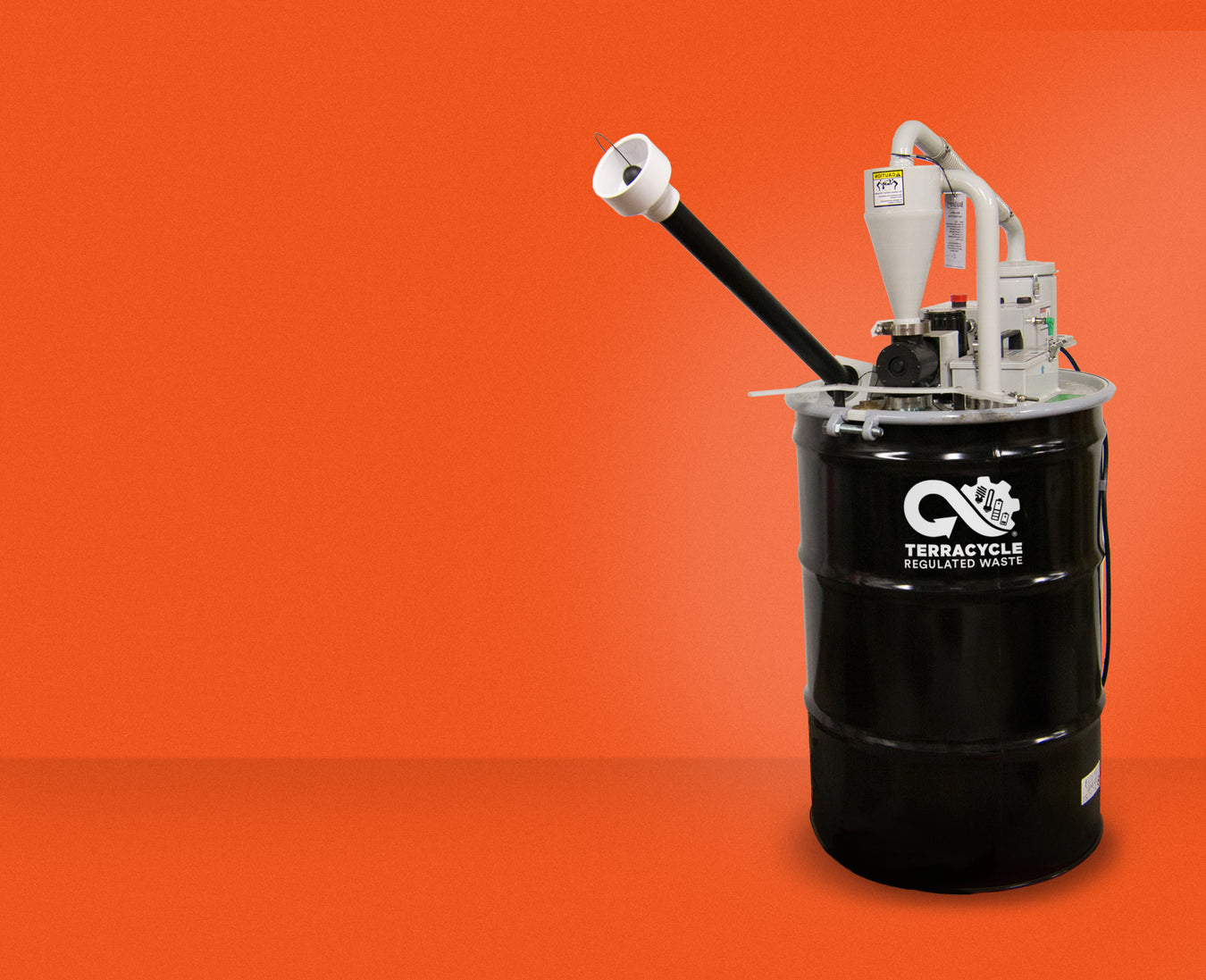EPA Regulatory Information
TerraCycle Regulated Waste provides the information in this section in order to familiarize TCRWUSA.com users with the regulations governing lamp disposal, and to identify for TCRWUSA.com users the government agency that may regulate their operations. TCRWUSA.com users may use this information as a starting point to determine how their facilities are regulated. Customers are cautioned against relying solely on the information contained below and should contact their state environmental protection agency for more information to determine how lamps are regulated in the states in which they operate.
- Regulations Summary
- Why is mercury an environmental concern?
- How do I know if my waste is hazardous?
- What's Hazardous?
- What are Universal Wastes?
- Does Quantity Matter?
- How do I get more information on these regulations and fluorescent lamp recycling
Does Quantity Matter?
Yes. RCRA (hazardous waste) requirements differ according to the amounts of hazardous waste generated per month by the facility. There are three main categories of hazardous waste generators:
Conditionally Exempt Small Quantity Generators (CESQG's) are persons who generate 220 lbs. or less of all hazardous wastes combined (not just lamps!). These generators are exempt from most of the hazardous waste regulations, which include transportation, treatment, and disposal requirements. They must not, however, store more than 2200 lbs. of hazardous waste on site at any time and must dispose of their hazardous waste in facilities that are permitted or authorized to accept hazardous or non-hazardous wastes. Many states acknowledge CESQG exemptions for paperwork, but not for disposal. Many states do not allow CESQG to dispose of hazardous waste in a solid waste landfill.
Small Quantity Generators (SQG) are persons who generate 220 to 2200 lbs. of hazardous waste per month. These generators must keep proper records of the waste, report to EPA, and follow accumulation requirements. These generators can store up to 6 months without a storage permit.
Large Quantity Generators (LQG) generate more than 2200 lbs. of hazardous waste per month. These generators are subject to the full hazardous waste management requirements. These generators cannot store hazardous wastes on site for more than 90 days (3 months) without obtaining a storage permit.
There are 2 categories of Universal Waste handlers:
- Small Quantity Handler - Generator who accumulates less than 11,000 lbs. of universal waste (batteries, pesticides, thermostats, or lamps) at any time.
- Large Quantity Handler - Generator who accumulates more than 11,000 lbs. of universal waste (batteries, pesticides, thermostats, or lamps) at any time.
Universal Waste Storage Limits:
Both Small and Large Quantity Generators of Universal Waste can generally store their Universal Waste for one year. (For more information please contact your state Environmental Protection Agency or TerraCycle Regulated Waste)





